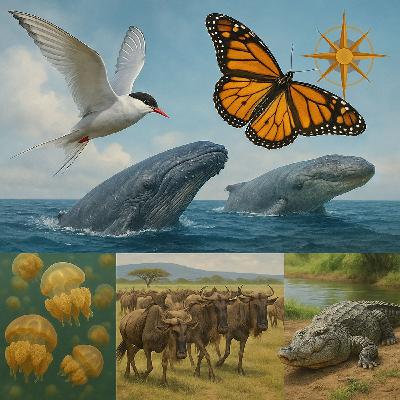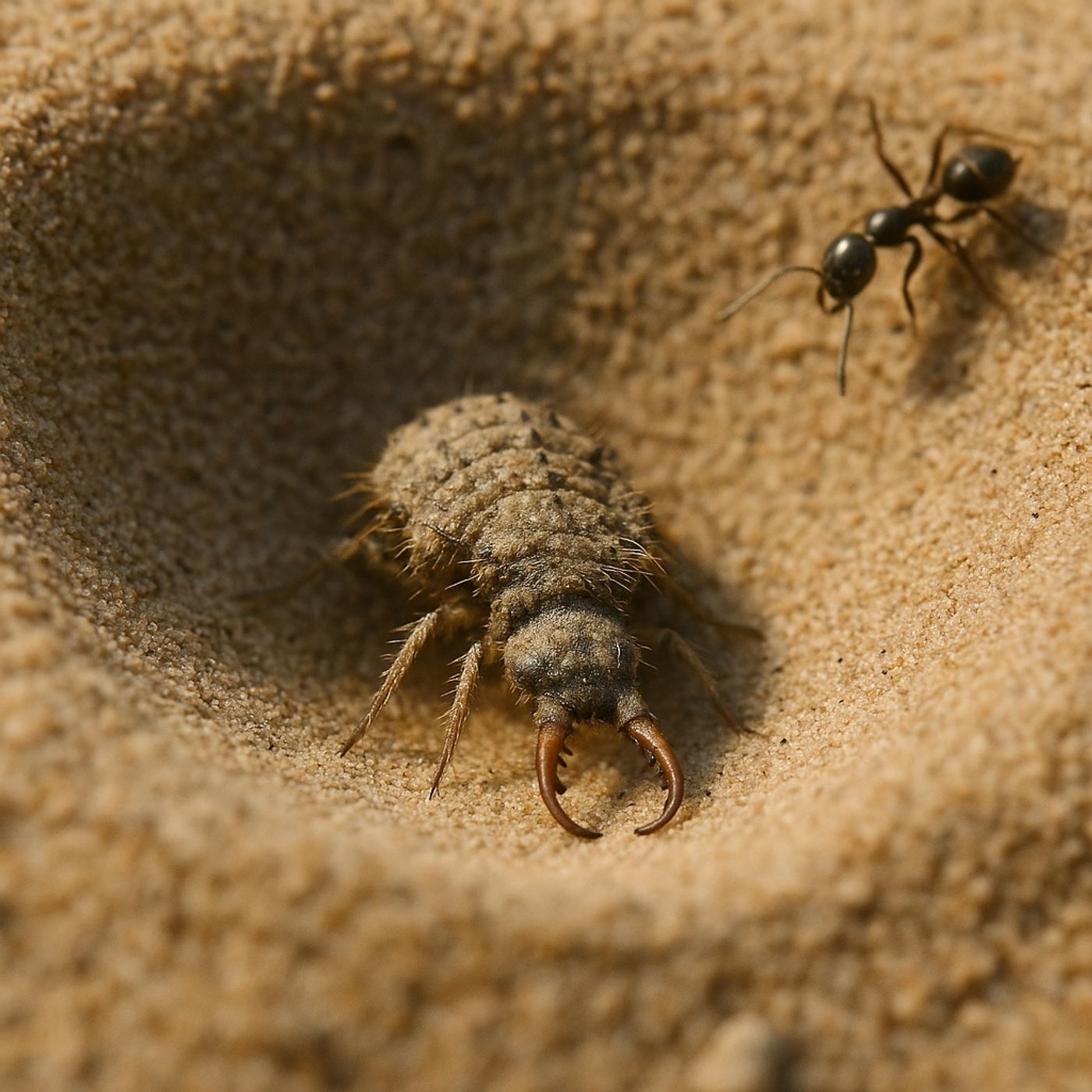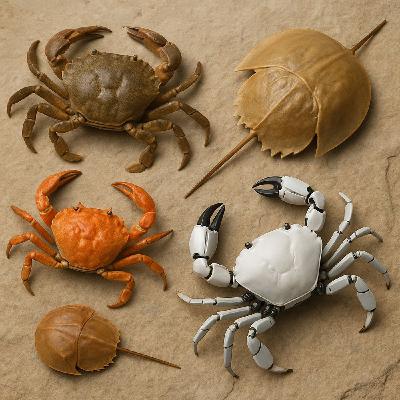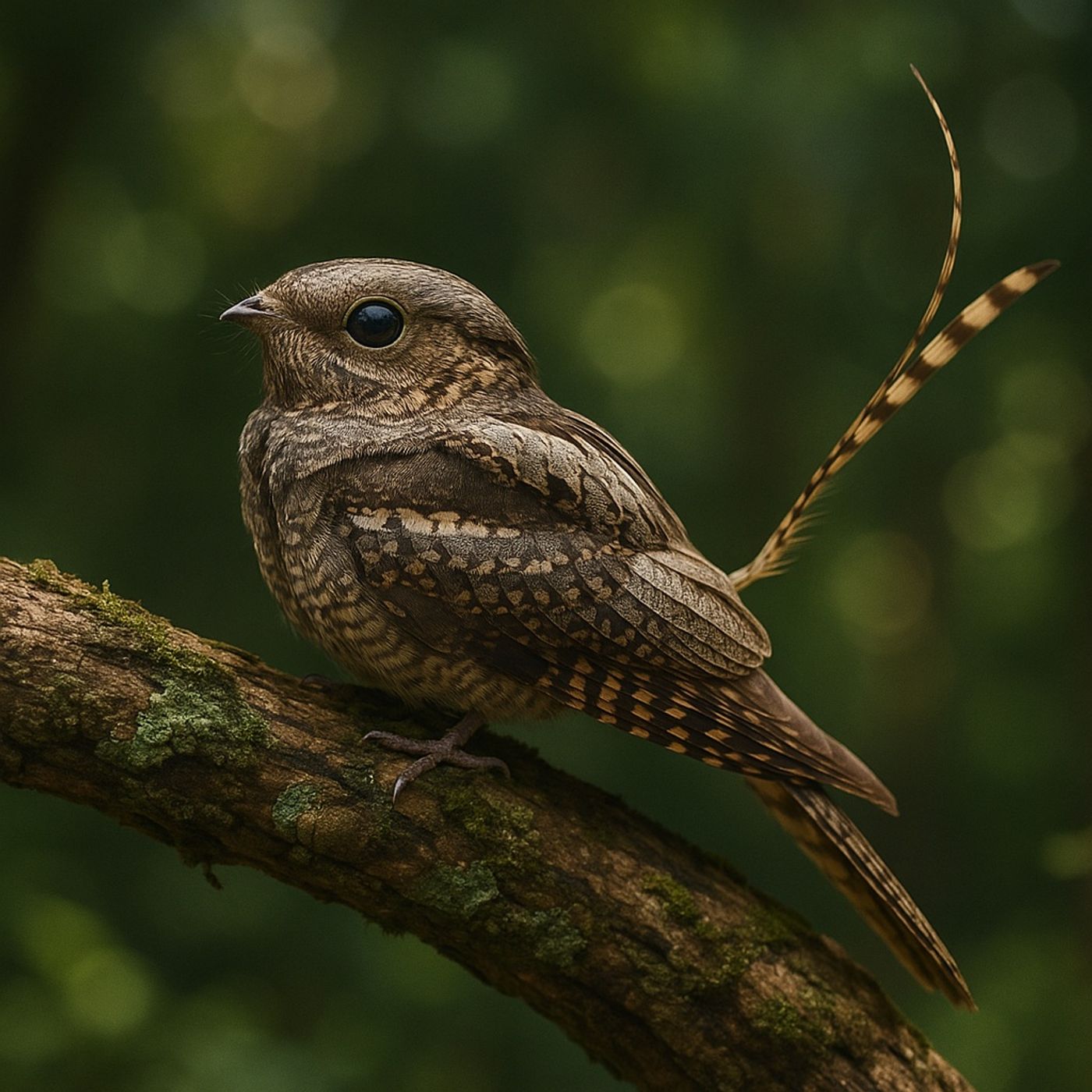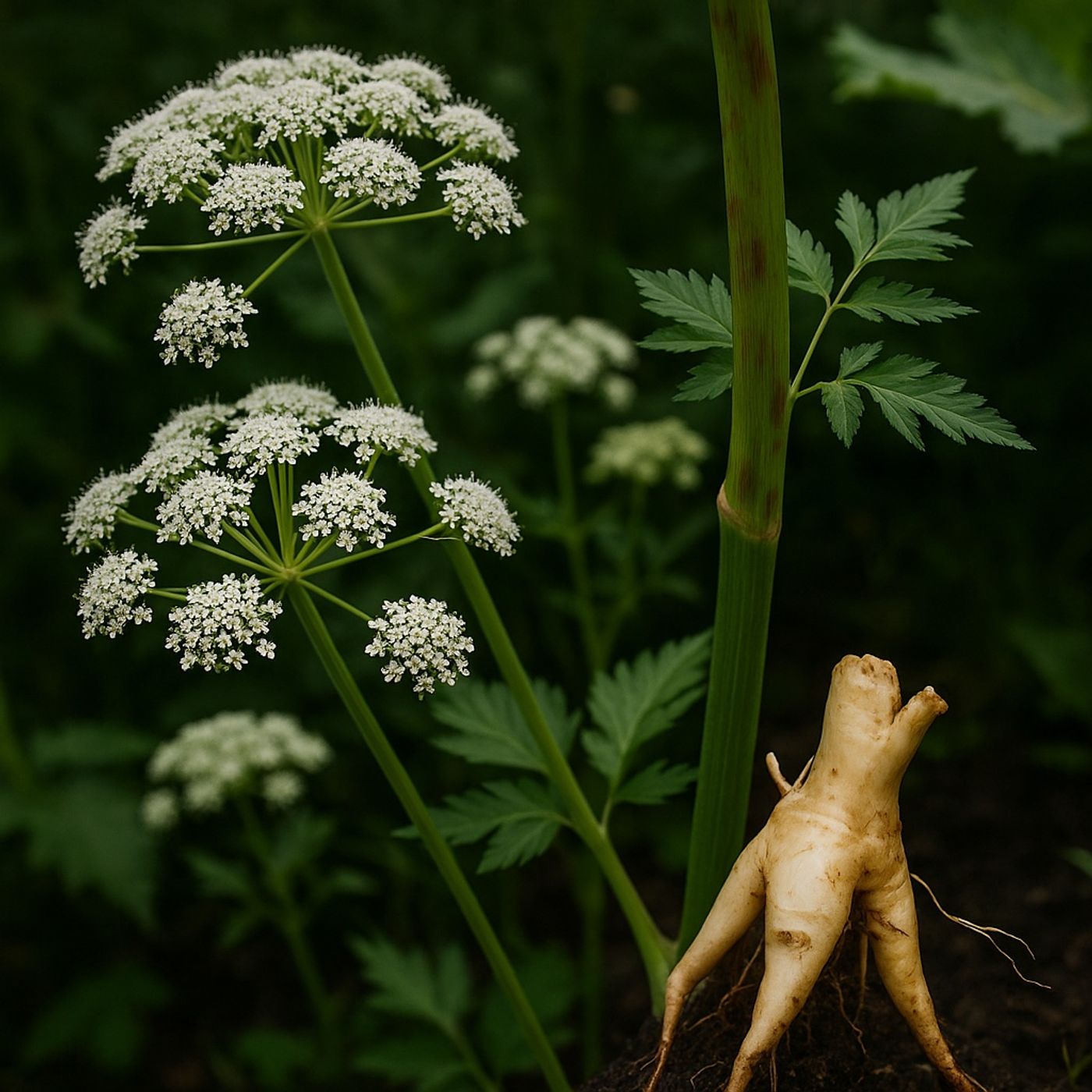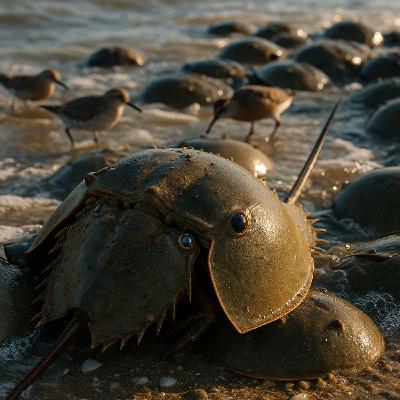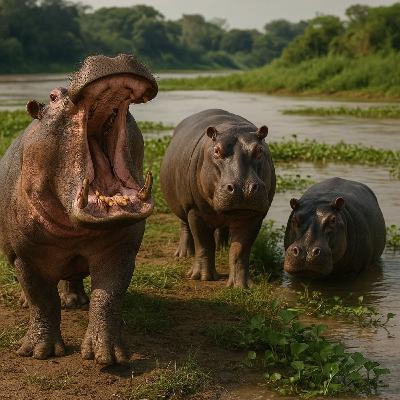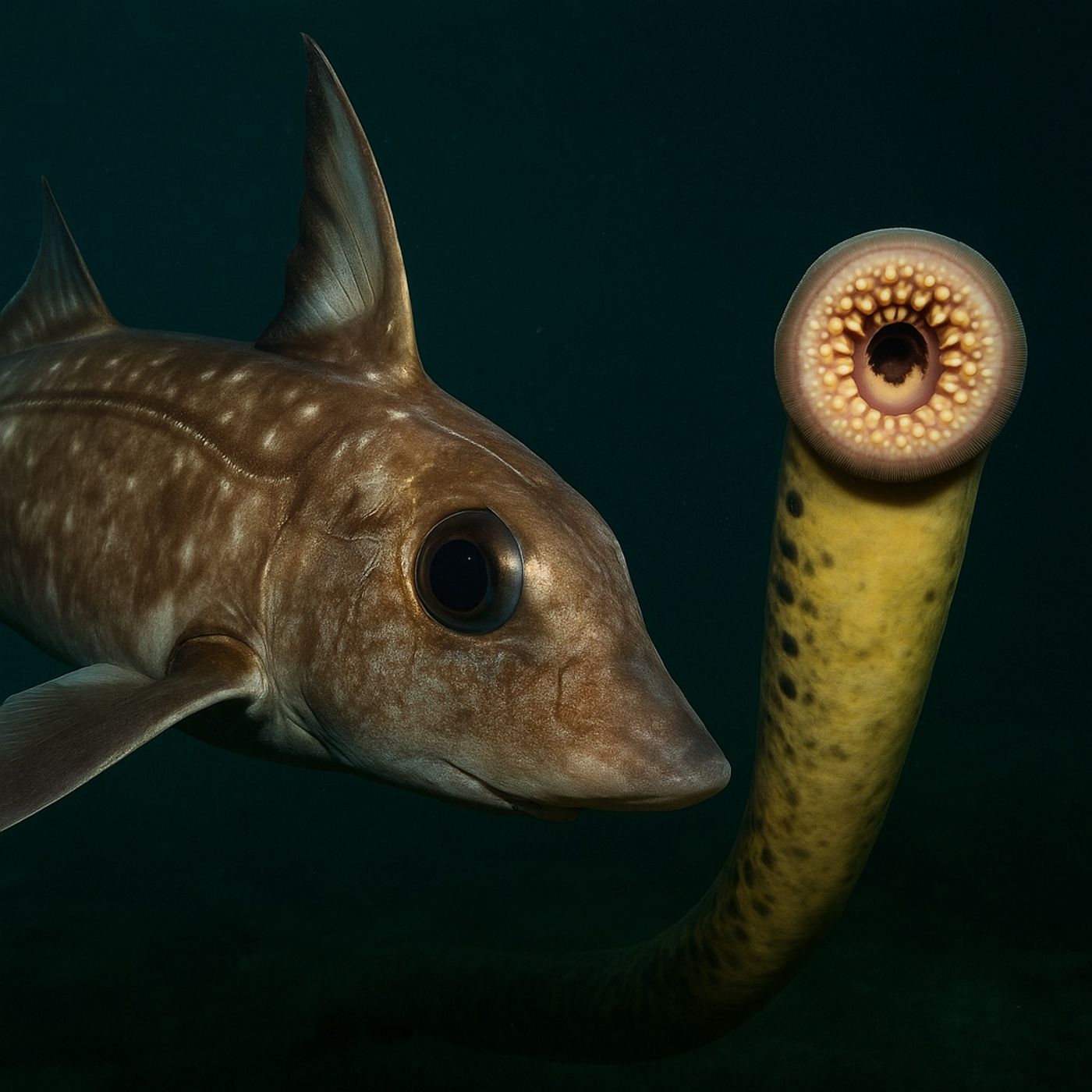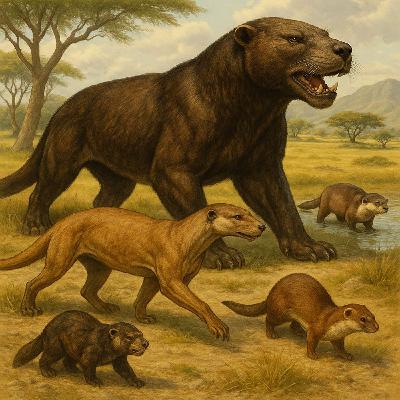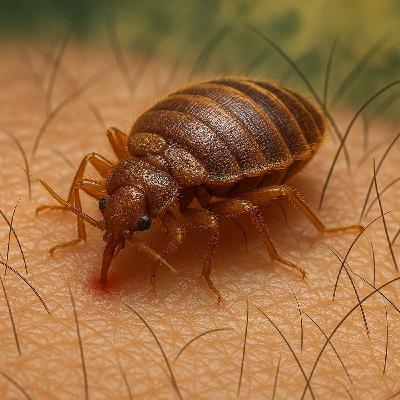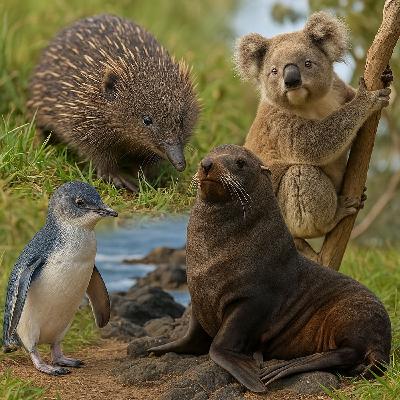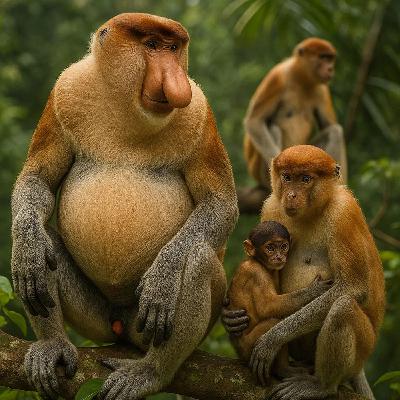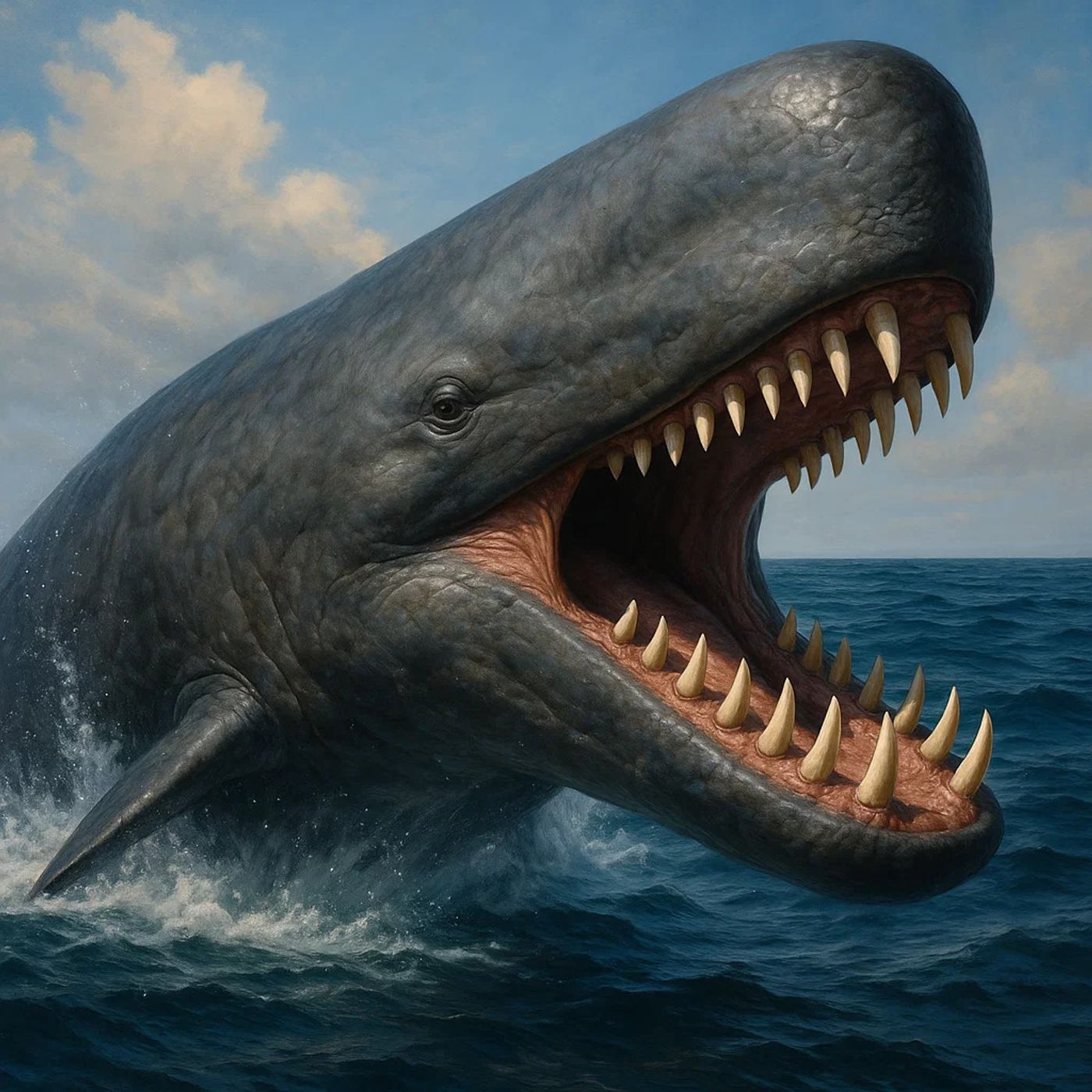Discover Wild Wonders
Wild Wonders

Wild Wonders
Author: Wild Wonders
Subscribed: 0Played: 1Subscribe
Share
© Copyright Wild Wonders
Description
Discover the wild like never before with Wild Wonders — your ultimate show for exploring the fascinating world of animals and nature.
Each episode dives deep into the most amazing creatures on Earth — from powerful predators to mysterious sea life — revealing their hidden secrets, survival skills, and untold stories.
If you love wildlife, adventure, and learning about our planet’s most incredible beings, you’re in the right place! 🌍
Join us for captivating animal facts, wildlife documentaries, and stories that will make you see nature in a whole new way.
Each episode dives deep into the most amazing creatures on Earth — from powerful predators to mysterious sea life — revealing their hidden secrets, survival skills, and untold stories.
If you love wildlife, adventure, and learning about our planet’s most incredible beings, you’re in the right place! 🌍
Join us for captivating animal facts, wildlife documentaries, and stories that will make you see nature in a whole new way.
112 Episodes
Reverse
Provides an overview of the deep ocean, emphasizing that humans have explored less than five percent of it—making it less known than the surface of Mars. It describes the extreme conditions of this vast, dark habitat, including freezing temperatures, crushing pressure, and the absence of sunlight, noting that many deep-sea creatures are mostly water-based, allowing them to withstand such pressure. The discussion highlights the diverse and unusual lifeforms found there, from fearsome predators like the lizardfish and anglerfish to surprisingly adorable species such as the flapjack and dumbo octopuses. The text concludes by underscoring the importance of ocean exploration and conservation.Produced by:https://www.podcaistudio.com/
Describes the Dragon Blood Tree (Dracaena cinnabari), a rare species found only on the Socotra Archipelago in the Indian Ocean. A member of the asparagus family, it is known for its red sap, long used in traditional medicine and now valued for its antiviral, antimicrobial, and anti-inflammatory properties. The tree’s distinctive umbrella-shaped canopy and water-efficient leaves help it survive in arid conditions by capturing moisture from mist. Despite its resilience and longevity, it faces growing threats from climate change, overgrazing, and unsustainable resin collection.Produced by:https://www.podcaistudio.com/
Provides an overview of the coca plant, detailing its millennia-long use by Andean Indigenous peoples for nutrition, ritual, and labor. It also covers its modern notoriety as the source of cocaine and the challenges of eradicating its cultivation in countries like Colombia, while noting its historical connection to Coca-Cola, which once included coca extracts but never contained actual cocaine.Produced by:https://www.podcaistudio.com/
Explains animal migration as a seasonal, round-trip movement driven by the need for favorable climate, food, and reproduction. It highlights navigation using magnetic, sun, and star compasses in species like the Arctic Tern, Monarch Butterfly, and Humpback Whale, and illustrates diverse migratory or nomadic behaviors with examples such as the Golden Jellyfish, Wildebeest, and Saltwater Crocodile, emphasizing the evolutionary advantage of movement for survival and reproduction.Produced by:https://www.podcaistudio.com/
Outlines remarkable evolutionary adaptations and survival strategies in the animal kingdom, covering key themes such as mimicry (both defensive and aggressive), parasitism (from mind-controlling fungi to zombifying wasps), and diverse defense and attack mechanisms like bioluminescence, venom, electric organs, horns, quills, and armor. It also discusses cooperative hunting, mutualistic relationships, metamorphosis, and the domestication of animals by humans.Produced by:https://www.podcaistudio.com/
Describes antlions, predatory insects whose larvae dig funnel-shaped sand pits to trap prey like ants, using the critical angle of repose to ensure collapse when disturbed. The larvae are voracious carnivores with large mandibles and lack an anus during their three-year larval stage. After pupation, they undergo complete metamorphosis into harmless, short-lived adults resembling dragonflies, living about a month to reproduce and lay eggs.Produced by:https://www.podcaistudio.com/
Details the bush dog, a rare South American canid notable for its webbed toes and swimming ability, earning it the nickname “otter of dogs.” Despite its small size, it is a skilled pack hunter capable of taking down larger prey like tapirs, with a diet that varies regionally. The text also covers the bush dog’s social structure, reproductive habits, and evolutionary connection to the maned wolf, noting limited fossil evidence due to rainforest habitats. Finally, it highlights the threats from habitat loss and underscores the importance of rainforest conservation.Produced by:https://www.podcaistudio.com/
Explains the evolutionary phenomenon of carcinization, where multiple species independently evolve a crab-like body plan. It distinguishes true crabs (Brachyurans) from false crabs (Anomurans), both part of the Decapoda order. Key features include a flattened carapace and folded tail (pleon), a design that has persisted for 260 million years and influenced modern robotics. The discussion also covers decarcinization, where some species evolve away from the crab form, and notes that even unrelated animals like horseshoe crabs have convergently adopted this effective body shape.Produced by:https://www.podcaistudio.com/
Explains the Cretaceous-Paleogene extinction event around 66 million years ago, focusing on the Chicxulub asteroid impact. It details the immediate effects—shockwaves, earthquakes, fireballs, and global fires—and the longer-term consequences, including atmospheric darkness that disrupted food chains. Evidence supporting this impact includes iridium-rich clay layers and the impact crater, with survivors like small mammals and some aquatic species giving rise to modern lineages.Produced by:https://www.podcaistudio.com/
Provides an overview of nightjars, nocturnal insect-eating birds found worldwide except Antarctica. It highlights their exceptional camouflage, explains their historical nickname “goat suckers,” and describes unique traits such as the extravagant feathers of some species, specialized nesting habits, and the torpor of the common poorwill. The transcript also notes that nightjars face threats from habitat loss and declining insect populations.Produced by:https://www.podcaistudio.com/
Details water hemlock, one of North America’s most toxic plants, explaining its resemblance to harmless relatives like Queen Anne’s Lace, which often leads to accidental poisoning. It describes the plant’s potent cicutoxin, a convulsant that attacks the central nervous system, causing seizures and potentially fatal respiratory or cardiac failure, with roots being the most toxic. The transcript also briefly mentions giant hogweed, which causes severe photodermatitis, emphasizing the need for proper identification and awareness, as there is no antidote and controlling water hemlock is challenging.Produced by:https://www.podcaistudio.com/
Describes the Atlantic horseshoe crab during its massive mating aggregation at Delaware Bay, emphasizing its ancient lineage and distinctive anatomy, including chelicerae, book gills, and multiple eyes. It highlights the species’ ecological importance as a key food source for migrating birds and its medical value due to copper-based blood used for sterility testing. The transcript also covers conservation efforts, such as rescuing stranded crabs and protecting spawning habitats.Produced by:https://www.podcaistudio.com/
Describes the situation of Colombia’s invasive hippos, originally imported by Pablo Escobar and now multiplying in the Magdalena River system as “cocaine hippos.” It highlights their environmental and safety impacts, such as aggressive behavior and river eutrophication, notes the debate over their potential ecotourism value, and outlines challenges in managing them, including culling, castration, and government plans to capture and relocate the population.Produced by:https://www.podcaistudio.com/
Describes two unusual aquatic species: the Chimaera (Ghost Shark), a deep-sea cartilaginous fish with a single gill opening, venomous dorsal spine, and three families (plough-nosed, short-nosed, and long-nosed), and the Atlantic sea lamprey, a parasitic, blood-feeding species that invaded the North American Great Lakes. It explains the lamprey’s feeding mechanism using anticoagulants, the ecological damage they caused, and control efforts, while noting that larval lampreys are harmless and not all lamprey species are parasitic.Produced by:https://www.podcaistudio.com/
Outlines the evolutionary history of mustelids, a family that includes otters, weasels, and wolverines. It highlights extinct giant mustelids, such as Ekorus ekakeran and the lion-sized otter Enhydriodon omoensis, emphasizing their enormous sizes and predatory adaptations. The overview covers adaptive radiation within the family, the impact of climate change and competition with early humans on extinction events, and explains how environmental shifts drove the diversification of mustelids into both large and small species.Produced by:https://www.podcaistudio.com/
Provides an overview of bed bugs, focusing on their biology, evolution, and parasitic behavior. It explains their global prevalence in urban areas, ability to survive without feeding, and ancient evolutionary history. Key points include their blood-feeding mechanism (hematophagy), unique life cycle and mating strategy (traumatic insemination), and the negative impacts on humans, such as itching and psychological distress, despite not being disease vectors.Produced by:https://www.podcaistudio.com/
Provides an overview of Phillip Island’s wildlife and conservation efforts, highlighting iconic Australian species such as little penguins, Australian fur seals, echidnas, koalas, the urban-adapted white ibis, and the reintroduced Eastern barred bandicoot. It details behaviors, reproduction, and threats like climate change and human interference, emphasizing monitoring techniques such as drones and scat analysis to track seal populations and mitigate dangers like fishing gear entanglement. The segment showcases how targeted conservation programs have helped protect and restore vulnerable species on the island.Produced by:https://www.podcaistudio.com/
Provides an overview of the proboscis monkey, endemic to Borneo, highlighting distinctive traits like the male’s large nose, potbellies, and strong swimming ability. It describes their social structure, typically small troops led by a dominant male, and their leaf- and fruit-based diet. The text also emphasizes that the species is endangered due to habitat loss from logging and palm oil plantations, despite ongoing conservation efforts.Produced by:https://www.podcaistudio.com/
Provides an overview of Helicoprion, an extinct shark-like fish from the Permian period (300–250 million years ago) that was roughly twice the size of a modern Great White. Its most notable feature is the tooth whirl, a spiral of razor-sharp teeth preserved far more often than its cartilage skeleton. The text explains that this tooth structure was located in the lower jaw and likely used to feed on soft-bodied prey such as squid, and notes that the unique teeth have led to the identification of three distinct Helicoprion species.Produced by:https://www.podcaistudio.com/
Describes Livyatan, an extinct Miocene sperm whale ancestor about 12 million years old, notable for its massive, deeply rooted teeth, the largest non-tusk teeth known. These teeth allowed it to act as a pursuit predator, hunting large prey, possibly including other whales. The text also covers the fossil’s naming history, initially called Leviathan melvili before being renamed Livyatan, and explains the origin of the “sperm whale” misnomer. Additionally, it notes that Livyatan likely had a spermaceti organ similar to modern sperm whales, used for echolocation or deep diving.Produced by:https://www.podcaistudio.com/





